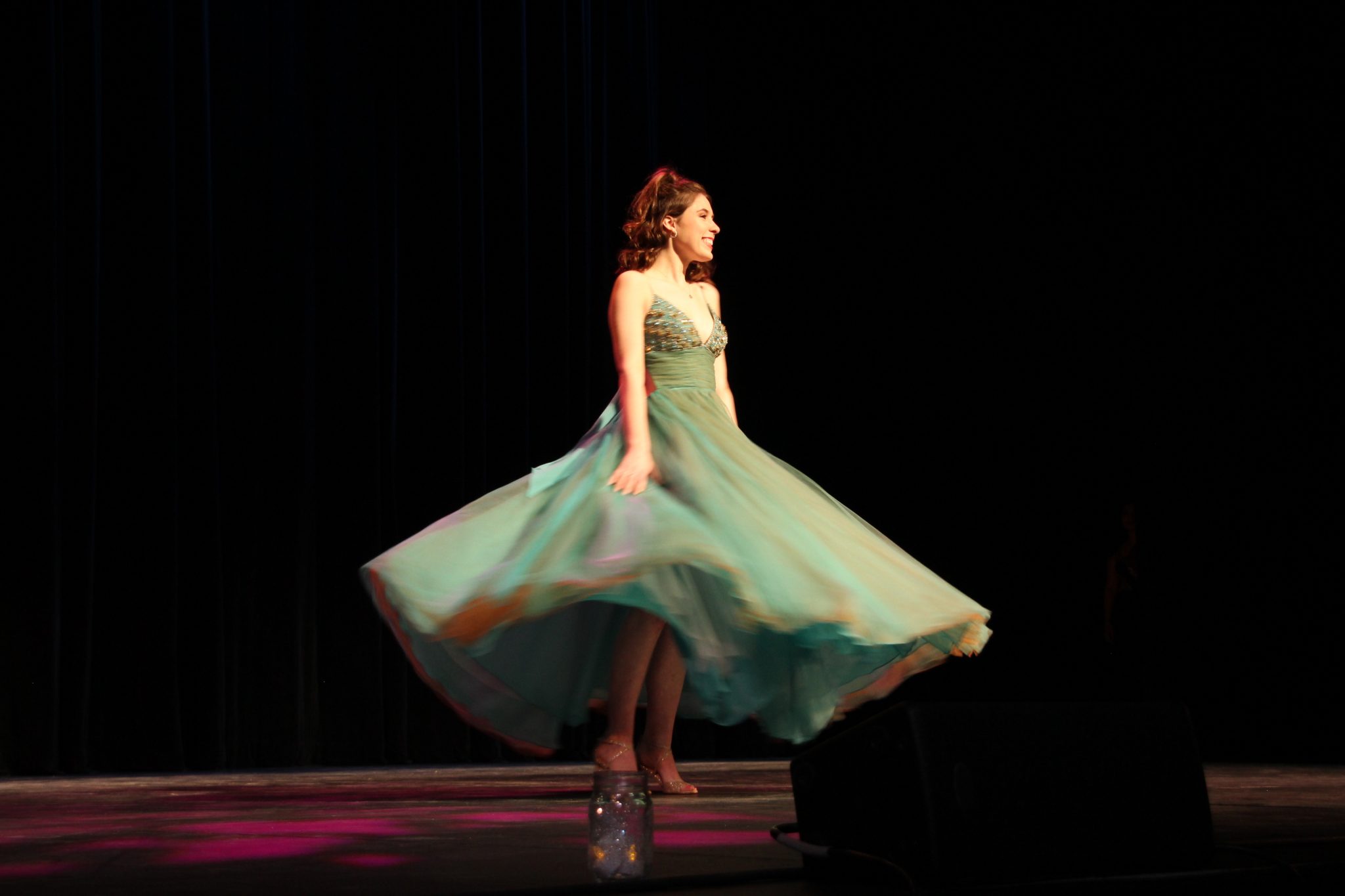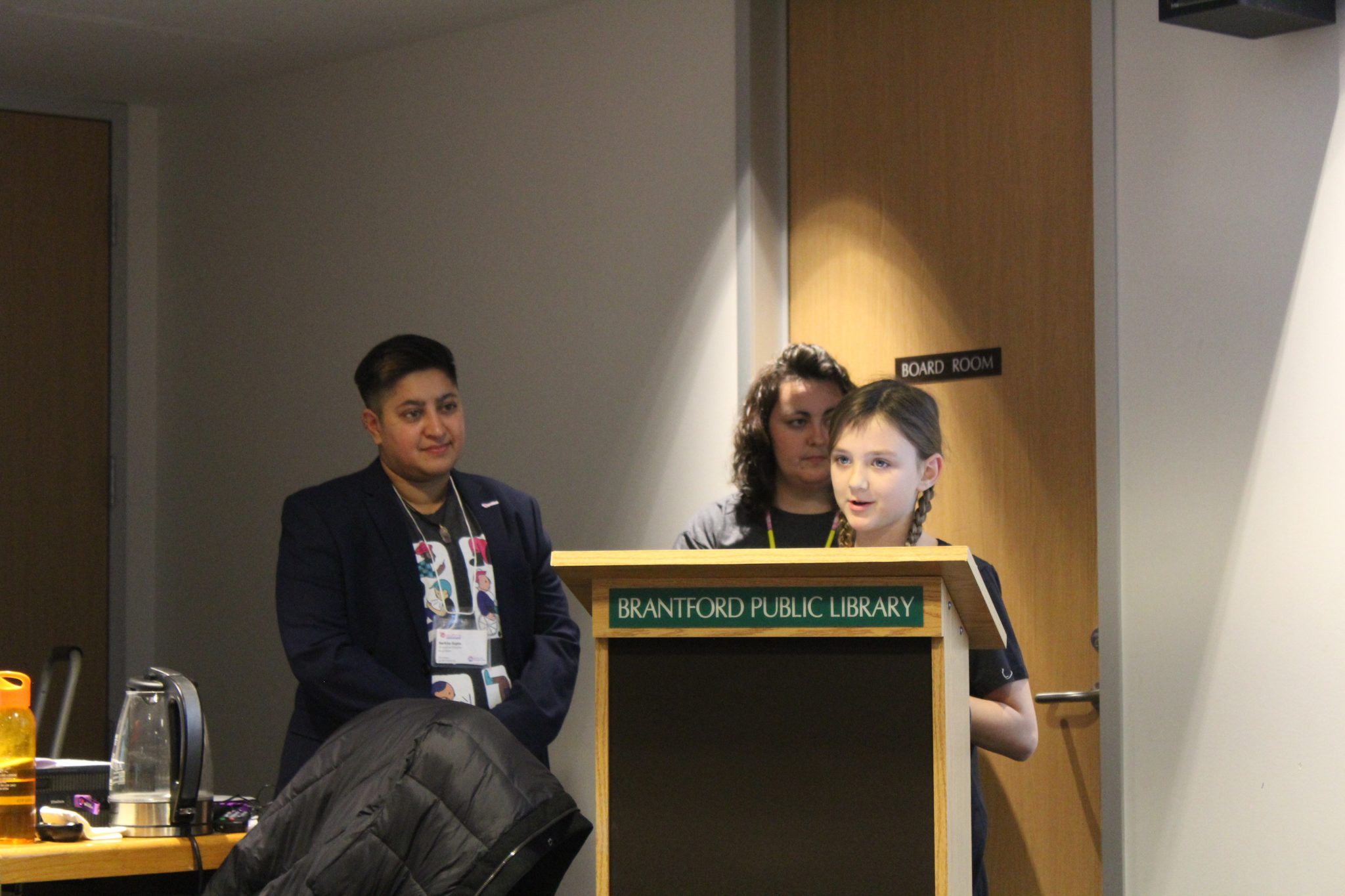In accordance with the continuing contract dispute, the Contract Academic Staff (CAS) union and the university’s administration entered into the second day of conciliation on Nov. 4 to resolve the ongoing labour contract dispute. Both sides hope to reach an agreement in a dispute that originated back in the beginning of summertime.
“We’re hopeful that an agreement can be reached through conciliation,” said David Olivier, a current CAS professor at the Brantford campus in his twelfth year with Laurier.
According to statistics, CAS are supposed to teach a maximum 35 per cent of the total number of courses offered at Laurier. However, Laurier CAS claim to teach 52 per cent of all students enrolled at the university.
While currently in the conciliation process, if the two sides cannot reach a mutual agreement to formulate a labour contract, there could be a continual stand-off, in which conciliation might become redundant because both sides can’t get any closer together. At such a point, a 16-day period would ensure that neither side could take antagonistic action, whether it be a professor strike or an administration lock-out. Both sides would prefer it not reach that point.
This is not the first time that conciliation has occurred, according to Olivier. Back in 2008, CAS faculty went on strike following weeks of conciliation over contract renegotiation. The strike lasted three weeks before both sides could finally come to agreeable terms.
This year, the CAS union is determined to push for what they believe is a “fair” contract between the two sides. Kimberly Ellis-Hale, also a CAS professor, named three key elements that the CAS are looking for: benefits, compensation and job security.
Like many other positions in the job world under sizeable institutions or corporations in Ontario, many Laurier staff members, whether academic or not, have access to health and dental benefits as extensions of their OHIP coverage. Ellis-Hale explained that management, non-academic staff and full-time faculty have extended health and dental benefits, while CAS do not. Students also receive health benefits.
In addition to receiving extended health benefits, CAS faculty would like to also receive higher monetary compensation. The average CAS professor earns under $29,000 as an annual salary, a number that many feel is an embarrassment. In comparison with the students they teach, the average university graduate earns $46,000 annually in his/her first full-time job, $17,000 more than the CAS professors who taught them. Put into perspective by Ellis-Hale, full-time faculty have a lower limit of courses they can teach per year than part-time or CAS faculty. CAS must maximize their salary by teaching as many courses as possible, since they are paid by course, but have a limit of six courses that they can teach each year.
Also, CAS have a relatively similar workload that is comprised of teaching, publication research and administration duties (committees, community work, etc.). The only significant difference in workload is that full-time members are publishing papers more for the university, while CAS are not bound by institution-mandated research. With what CAS would argue is a very similar workload, full-time faculty are still paid $80,000 annually, a raise of over $50,000 per year compared to their part-time counterparts.
“Compensation, yeah, I’d like to get more of it, but who doesn’t?” Olivier commented on the nature of hoping to receive higher monetary compensation.
Olivier was also once part of the full-time faculty grouping as a Limited Term Appointment, meaning that his full-time status was indefinite. Not by his choice, he had to become a CAS member, due to the downsizing of the number of full-time faculty. He believes this was a cost-cutting move by the university, because CAS professors are paid less and not offered any benefits.
“We’re subsidizing the university’s mission by getting paid less,” Ellis-Hale stated when speaking of the compensation in the grand scheme of expansion.
The issue of compensation goes beyond monetary values as well. Many CAS professors have to share their office space with each other. Here in Brantford, RCW 318, a CAS office space, is being shared by 12 professors over the course of the 2013 fall semester.
“Affording students the flexibility in meeting with their professors is a serious issue, because we don’t have the space,” Ellis-Hale said. She added, “I’ve had to meet with students in stairwells or coffee shops. I’ve even had to meet in computer labs, because I don’t have my own computer to look at MyLearningSpace when I’m helping them.”
Professors may be only obligated to designate one hour a week for office time, but many CAS have expressed a willingness to meet as much as students need the help.
The last of the three complaints, yet arguably one of the most prominent, is job security. CAS terms go by four-month contracts, in which the professors under this title have little to no guarantee of having any job security for the long-term haul. Between 2007 and 2012, management’s workforce size grew by 44 per cent, with a student enrollment increase of 23 per cent.
“The feeling is among some people that rather than hiring more full-time faculty, we’re hiring more vice-presidents of this and that,” Olivier commented.
Olivier went on to say that not having any CAS growth has only added to the job security issues that extend into personal lives. He explained that because of the lack of any job security, some professors have struggled to get any financial credit, such as getting mortgages for a house, where job security has to be demonstrated to get approval.
“This is a very serious issue with some of the members of the CAS; it’s very difficult for them,” Olivier said.
Kevin Crowley, the university’s assistant vice-president of communications, public affairs and marketing, responded to the frustrations of the CAS, also refuting the statistic that claims CAS teach 52 per cent of all student enrollment. Laurier believes that number to be slightly lower, at 45. Crowley acknowledged the importance of the CAS, but stated that the university negotiates the contracts in relativity to what other academic institutions negotiate, adding that in the midst of the province’s financial struggle, the university must take cost-effective measures.
“Laurier CAS wages are competitive with wages paid at other universities, and, in a climate of significant economic restraint, Laurier remains committed to reaching an agreement that is in the best interests of students and the institution,” Crowley stated in an e-mail response.
Although in the midst of a contractual dispute, Ellis-Hale and Olivier both stated that they are proud members of the academic staff, and the institution.
“I am proud to be part of the university, and the work I do here” Olivier acknowledged. “I enjoy the work I do, and it’s a good ego stroke when students tell you they enjoyed your course.”
Ellis-Hale concluded on a hopeful note, “This is Laurier’s chance to do the right thing, and treat people fairly. We’re not asking for the moon; we just want to be treated with respect.” She added, “Laurier has the opportunity here to inspire other universities.”
Nov. 11 will see the bargaining unit meeting for the CAS, where there will be either a vote on the conciliation offer, or a strike vote. It remains to be seen what will happen by that time. For now, the two sides will continue to work toward what each side feels is a “fair” deal.



